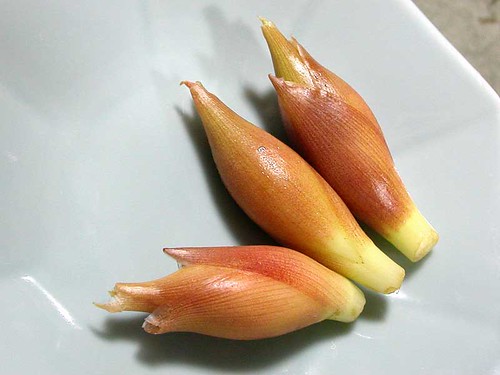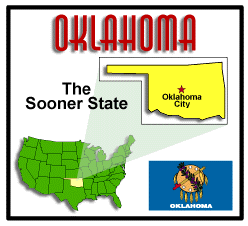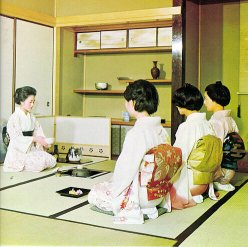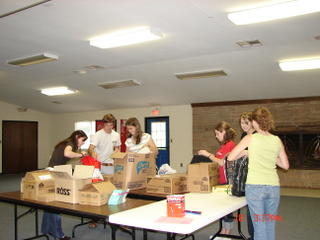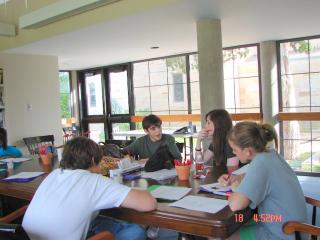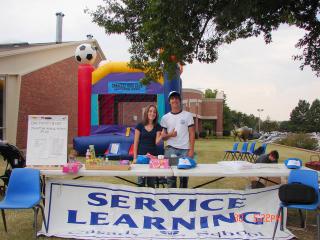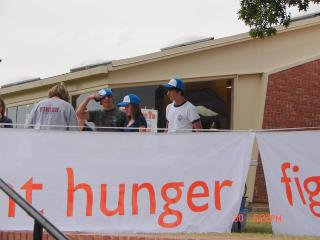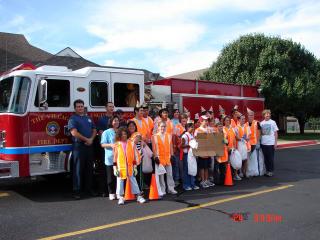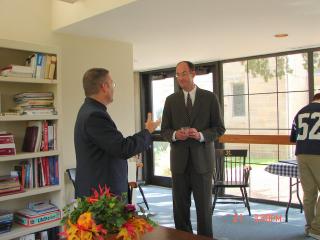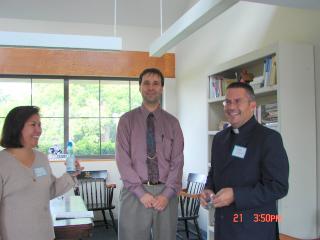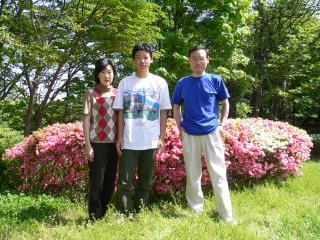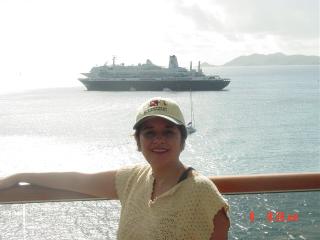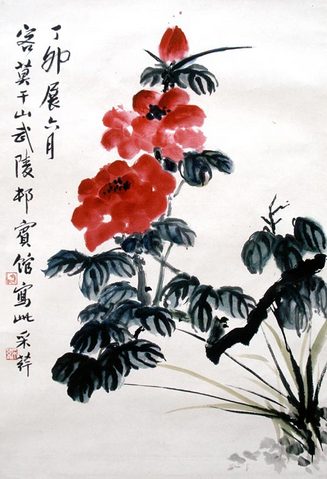
A Saturday with the Asian Society of Oklahoma City
I cannot believe that in less than 30 days I will be heading to Japan. I am reading as much as I can about the places and people I will encounter. I contacted the President of the Japan America Society of Oklahoma, Mari Leslie:
lesliewdm@aol.com. She invited me to my first Asian Society meeting. The Asian Society has been operational for 20 years, but I had no notion of their activities as a group. They elected their volunteers of the year during the meeting. They also started their process of scholarship applications for their youth members. The following associations are members of the Asia Society of Oklahoma: Chinese Association of Greater Oklahoma City, India Association of Oklahoma, Indonesian American Association of Oklahoma, Iranian American Cultural Society, Japan-American Society of Oklahoma, Korean Society of Oklahoma, Laotian Women's Association of Oklahoma, Philippine American Civic Organization of Oklahoma, Vietnamese-Americann Association, Taiwanese Association of Oklahoma.
I explained to them that I was selected as a Japanese Fulbrigt Memorial Fund Teacher. I told them that my project was to learn as much as I could about Japan during my trip. After my return, my responsibility will be to share what I have learned with my students and the Oklahoma City community. They invited me to an international lunch sponsored by the Chinese Association on behalf of Katrina Relief. The food was amazing and I received Chinese cakes for my students.
Mari gave me her business card. Business cards are an extension of the soul in Japan and should be treated as such. I will take a special container to keep them. I will also be a careful observer of the etiquette required with them. I will test how reality meets what one reads in books. I wonder what Tozan Yume Yogiku means. Is that Mari's Japanese name or the name of her studio. She is a Japanese dance instructor and entertainer. Mari will give me Japanese language, dancing, and cooking lessons. I have promised her that I will be an active member of the Japan-American Association. Mari told me that when you get your certificate, you have to have a stage name. The first two words are given to you and the last one is of your choice.
Tozan= East Mountain Yume= A dream Yogik=Chrysanthemum
Connecting my trip to my daily activities
Caitlin, a Casady student, will create a video about Casady to take to Japan. I am really looking forward to sharing a youth prespective of our school with the people I will meet in Japan.
During my service-learning learning orientation of the Class of 2009 and new students to Casady, I will serve Japanese snacks purchased at the Super Cao Nguyen Market
http://69.53.20.9/index.php. A youth member who lived in Japan in the past helped with the selection of the snacks. Last year, Justin introduced the current sophomore class to Yum,Yum's. The students loved them. I felt they were too sugary.
Caitlin has agreed to come to the end of the orientation and film my students being exposed to Texas music, "The Round Up." I will take the CD and the video to Japan. If I am given the opportunity I will see what Japanese children create with that tune and compare.
I will talk to June and Houston, Japanese American students, about my experience with the Japanese Society President. I hope their families will join the Japanese American Society in Oklahoma City. Their parents, if interested, could great advocates for the Japanese culture in our city. June and Houston could also qualify for scholarships to college.
The Principal of my International Partner School in Uganda will visit Casady Friday. During the reception, I will serve shushi. I have ordered it from Super Cao. My former Vietnamese student and owner of the store, advised me to serve a Korean drink made with Aloe during the reception. I sampled it. It was delicious. I hope my Korean students will come to the reception. I love entering the Asian World through food because I love to eat.




